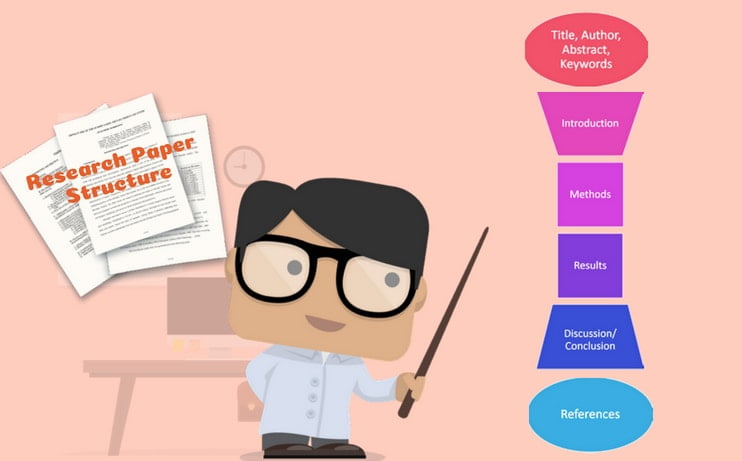Academic research papers follow specific pattern of a journal in language and layout. Typically, journals give authors guidelines for items such as font type and size, margins, spacing, outline, etc. Therefore, your paper must conform to the specifications of your target journal, otherwise the journal will send it back for revision and this consequently leads to delay in publication.
Most of research paper editing service providers, offer formatting services. They ensure that your paper abides by the formatting requirements of your desired journal.
Generally, the structure of an article is determined by the type of manuscript. Often, research papers are structured based on IMRAD Format-Introduction, Methods, Research and Discussion. But abstract precedes them all.

Typically, Abstract is the reflection of the structure and content of an article. It usually contains between 100 to 300 words consisting of all the main points of the paper. The abstract part of an article serves to pique the reader’s interest in the article by explaining it in a simple and non-technical terms.
Introduction
The researcher describes his/her reason or motivation in Introduction section, usually in a passive voice. The Introduction does not include all and every relevant information. The content of this section include background, research question and solution. Mention the results of previous research papers that had addressed the same issue, in what way they succeeded or failed to solve the research problems. You should complete this section by a short but strong statement on how you are going to deal with the research question.
Methods
The Methods, otherwise known as Materials and Methods section, comes next. This contains information about how the researchers intend to address the research question. This section must be written in a clear and detailed way because it will guide future researchers to understand your research easier.
Results
The Result section contains the result of your study which can be purely textual or contain illustration, figures, graphics and tables as well. It should be noted that data should be presented as either text or table, not both.
Now let’s review
First you provided a background for choosing a specific research problem. Then you explained how the research has been carried out. The next section presented the results of your research. Finally, you have to give an interpretation of your results in a meaningful way. This final part will be done in Discussion section.
Discussion
In fact, the Discussion section gives meaning to your results, compare and contrast them with earlier published papers and offer a conclusion about the accomplished study.
Limitations
In the final part of Discussion section, you should express the limitations of your study. Other than explaining how your study has addressed the research problem, you should mention the shortcomings of your study as well.
The final word
Your paper should have a clear and coherent structure. The text flow must be sequential. In case you want an editor to check these features, select a research editing service that does more than the basic grammar check.
